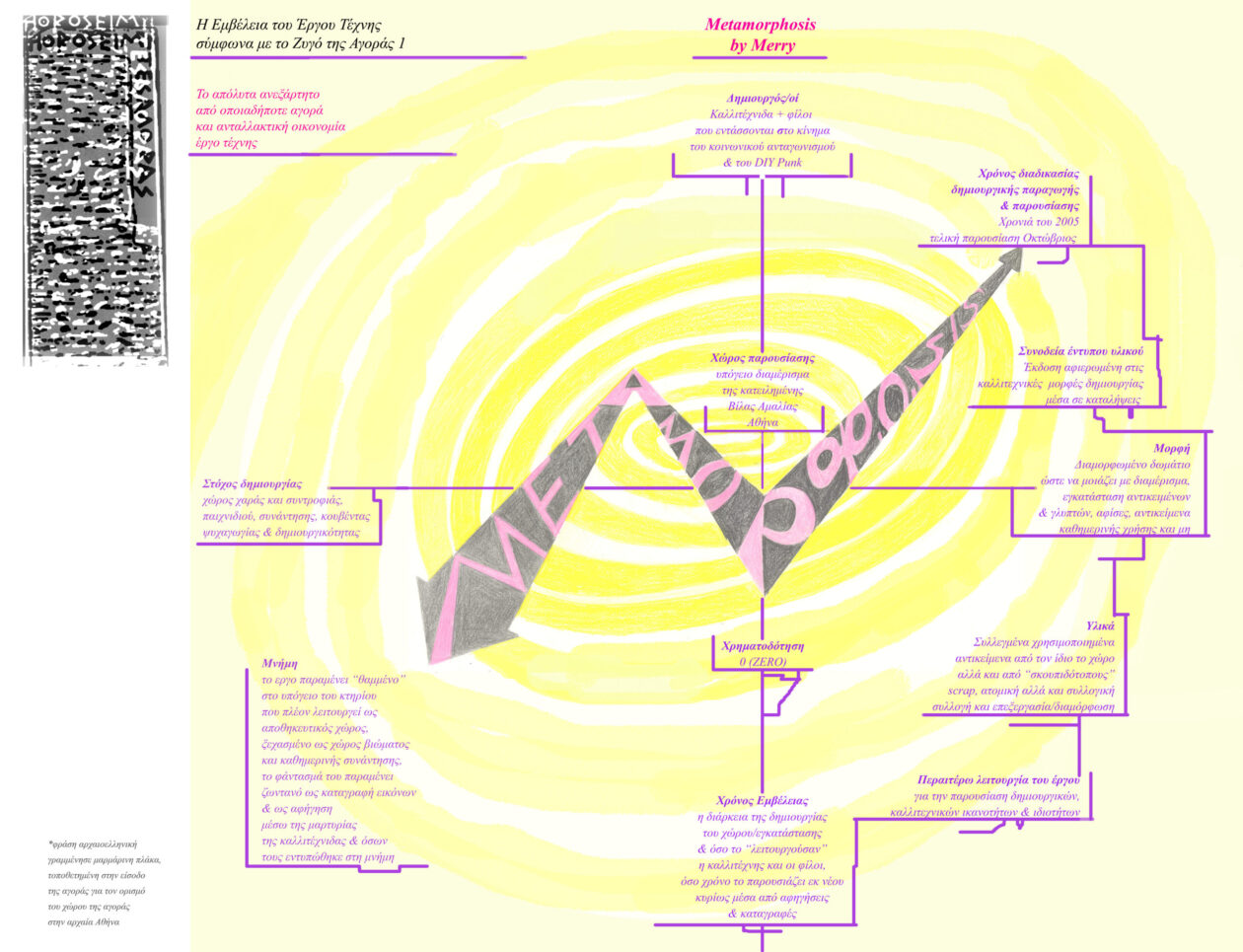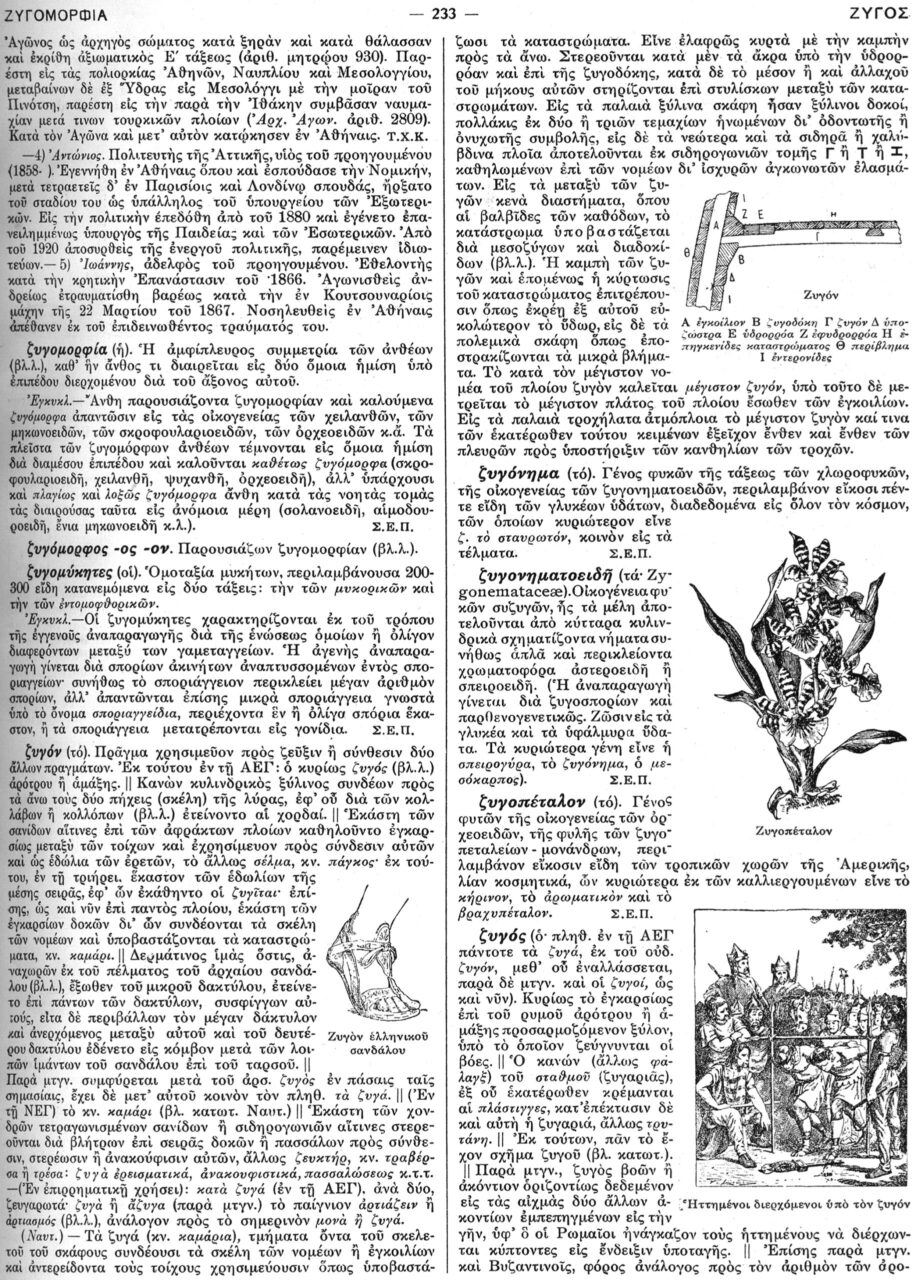
THE RANGE OF THE WORK OF ART ACCORDING TO THE YOKE OF THE MARKET | ATHENS 2011
About This Project
This work could evoke a qualitative art market research, but it’s a detournement. It’s a series of digital and analog designed images, which consist of three levels: drafts, gravures of the previous century that presents various types of scales and yokes, reclaimed from the Encyclopedic Dictionary of Eleftheroudakis, 1929 Edition, printed on paper with color inks, overpainted with crayons, and printed items in transparent gelatins. Their size is 40X30 for each. This report presented the 2 out of the 4 that was pre-planned to be exposed. Exhibition Agoras-menos was co-curated by Gely Gridaki and Dimitris Halatsis, at the space of cheapart gallery, in Exarhia, Athens, in April 2011.
Keywords: mapping concepts, art market, scale, scope, art work, funding, yoke, wage, burden
These images are listed in 4 kinds of artistic work, and consist of various reading levels. These levels have their references to historical and cultural representations of visual information (drawings of various types of scales, the plan of the ancient Athenian Agora, the gravure depicting losers to bow under the yoke of Romans) but also in a mapping of my own concepts. This mapping differs from the one designed picture to the other. The construction of each picture is made according to the individual elements that are associated with the type of each project I scan, and with the conditions of its manufacturing: 1. The purpose for which each artist, she or he, created the artwork, 2. Which kind of “audience” the artwork was in most intended to reach, 3. It’s funding and if there was any, 4. The materials of which the artwork was made of, 5. Its aesthetic, 6. The range of its signal transmission, and finally, and most importantly, 7. the confrontation of each artwork with the “market rule”. For doing this work I rely on my personal crisis and not on scientific facts. The cases that I examine at this stage are two: (a). an artwork case, which is made by politicized artists, collectively, in an occupied building, with zero funding, in a pop-punk style, with limited scope, and so no contest at all with the yoke of the market, and (b). the case of artwork that is financed from Community funds, has been constructed and presented in public space, and thus is considered a common good, public art with social aesthetics, accessible to the everyday people, the citizen, the passerby, with a wide range of transmission. This odd, qualitative research has not yet been performed for two projects that were pre-arranged: (a). The case of a modern Museum, sculpture project, which is made with high aesthetic value, which could be established in the public space of a modern city. Specifically it is the project “Bourgeois of Calais ‘ by Auguste Rodin. In essence, the project is almost priceless, and so it does not directly contest with the market rule. (b). the second case is that of a modern-post-modern work that is made exclusively for the stock market’s art (e.g. a work of Jeff Koons), and is destined to take place.
BIBLIOGRAPHY
The range of the work of art according to the yoke of the market - Exhibition Agoras-menos
ACCOMPANYING TEXT
Arturo Schwarz - Creativity and the trader
THE EXHIBITION
Date
Απρίλιος 01, 2011




